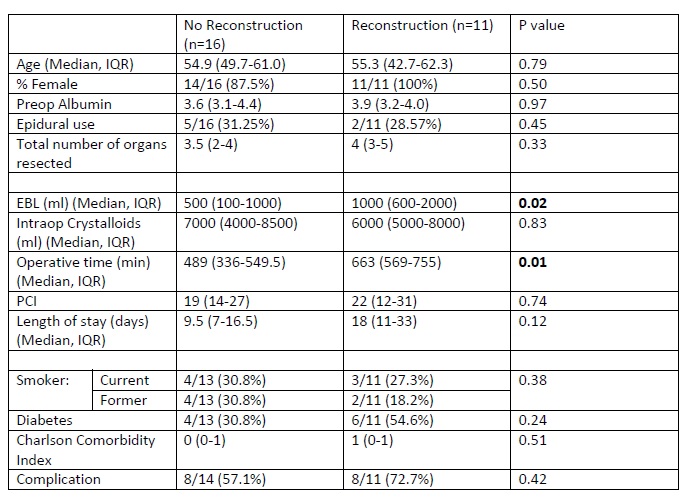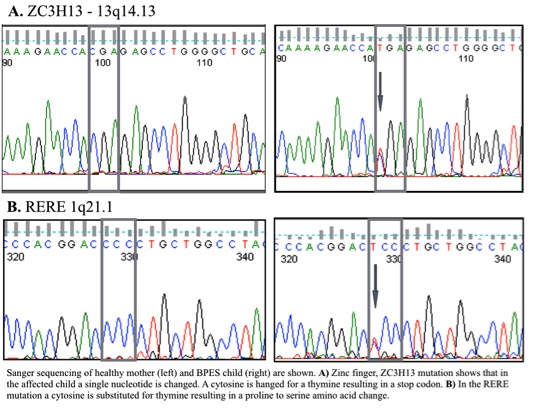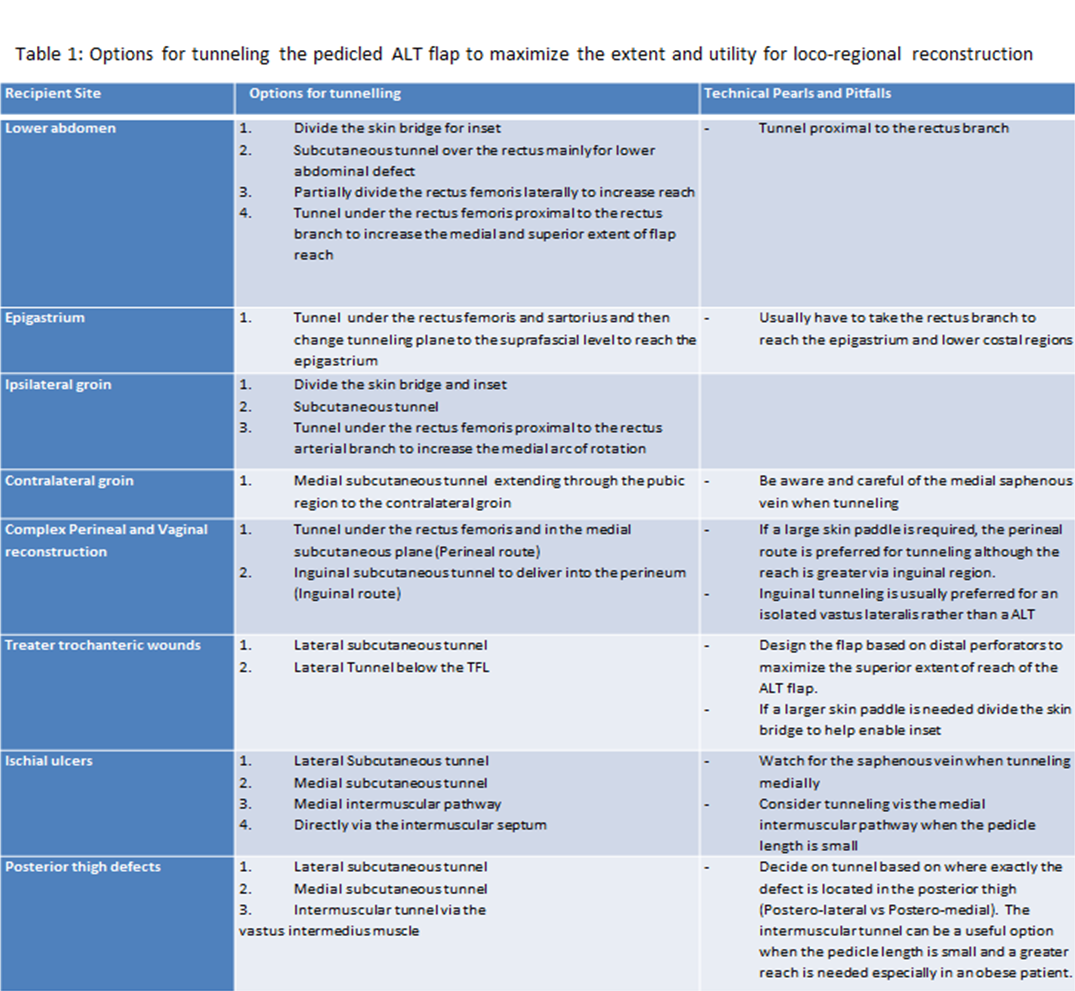M. Brown2, F. Luchette2, W. Chaney2, S. Nassoiy2, T. Plackett2, R. Blackwell2, M. Engoren3, J. Posluszny2 3University Of Michigan Medical Center,Ann Arbor, MI, USA 2Loyola University Medical Center,Loyola University Stritch School Of Medicine,Maywood, IL, USA
Introduction: Atrial fibrillation (AF) with rapid ventricular rate (RVR) frequently affects non-cardiac post-operative (NCPO) surgical patients. The development of post-operative AF is associated with poor cardiovascular outcomes and mortality. There are no well established guidelines for treatment of NCPO surgical patients who develop AF with RVR. The objective of this study was to evaluate the practice patterns for evaluation and treatment for NCPO surgical patients diagnosed with new onset AF with RVR in the surgical ICU (SICU).
Methods: All adult patients (≥ 18 years) admitted to the SICU from June 2014-June 2015 were retrospectively screened for the development of new onset AF with RVR (HR >100). AF with RVR was confirmed by cardiologist reviewed EKG. Patient medical records were reviewed for demographics, hospital course, evaluation and treatment of AF with RVR, and outcome (cardiology consult, rate and rhythm (R/R) control within 48 hours, and in-hospital mortality). Data are presented as mean±SD with statistical comparisons performed with student’s t-test or Fisher exact test.
Results: There were 1070 patients admitted to the SICU during the study period. Fifty-seven patients developed AF with RVR, 33 of whom were new-onset AF with RVR (3.1%). For these 33 patients, the average age was 71±11 with 19 males (58%). Cardiology consult was obtained for 18 patients (55%). Twenty-six patients (79%) had R/R control within 48 hours of AF with RVR onset. Seven patients died while hospitalized (21%) with 8 discharged patients (31%) readmitted within 30 days. β-blockers were the most commonly used initial medication (67%). When used first, β-blockers were successful at R/R control in only 27% of patients (6/22). Amiodarone had the highest rate of success if used initially (5/6, 83%), and if used as a second treatment (11/13, 85%). Cardiology consult was not associated with improved mortality (28% vs. 13%; p=0.41) or success with R/R control within 48 hours (61% vs. 100%; p=0.009). Failure to control R/R was associated with a greater number of cardiac comorbidities (100% vs 57%; p=0.06), increased BMI (31.8±3.6 vs 26.1±4.4; p=0.006), and less volume overload (3260±2484 mL vs. 6630±4131 mL; p=0.06). In-hospital mortality was associated with being a trauma/acute care surgery patient (71% vs 15%; p=0.009), need for vasopressors at AF onset (71% vs. 27%; p=0.07), and higher SAPS II score (40.7±9.5 vs. 29.7±12.2; p=0.04).
Conclusion: New onset AF with RVR was an uncommon development in the SICU but was associated with a high mortality. Treatment with amiodarone, rather than traditional β-blocker, was associated with R/R control. Failure to establish R/R control was associated with cardiac comorbidities, but not volume overload. These results will help to form our future algorithm for the treatment of AF with RVR in the SICU and will be prospectively studied.



